Public Spaces and SPD: Strategies for Navigating Sensory Triggers
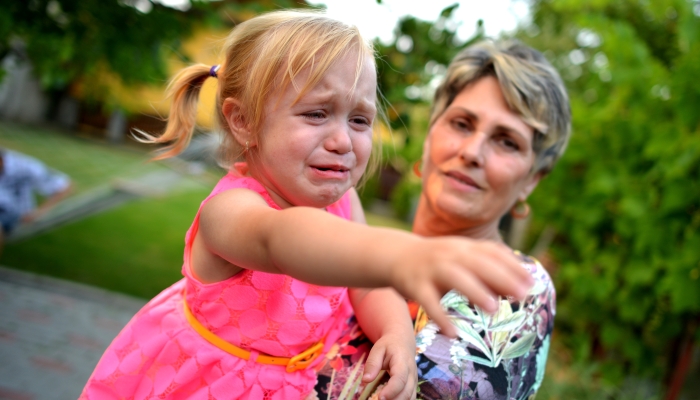
This post may contain affiliate links; please see our terms of use for details.
- Sensory processing disorder is a group of symptoms that some children experience when they receive too much or not enough sensory input from the environment.
- Sensory sensitivities are associated closely with other disorders such as autism spectrum disorder, ADHD, and anxiety disorders.
- Not all children who experience sensory processing differences meet the criteria for other diagnoses.
- Regardless of diagnosis, if you know your child has specific triggers in public venues that may cause sensory overload, there are strategies you can use to help.
- Preparing a sensory toolkit, doing your research about venues, using apps, finding nearby open spaces, and advocating for your child can all be effective.
For families with children who have sensory processing disorder (SPD), fun outings like going to the movies, going out to eat at a restaurant, or going to a museum can quickly become the backdrop for sensory overload or sensory meltdown.
Children with sensory processing issues may be easily overwhelmed in public situations which many other people never even think about.
Sitting in a crowded doctor’s waiting room, the sudden sound of a hand dryer in a public restroom, or loud music in a bustling restaurant can all be too much for a person with SPD to process and can lead to anxiety, sensory overload, and even meltdown.
However, sensory processing problems don’t have to stand in your child’s way of enjoying people, places, and experiences. Planning ahead, creating a toolkit, and preparing your child are all good strategies for navigating public spaces with sensory processing disorder.
Navigating Public Spaces: In-the-Moment Techniques
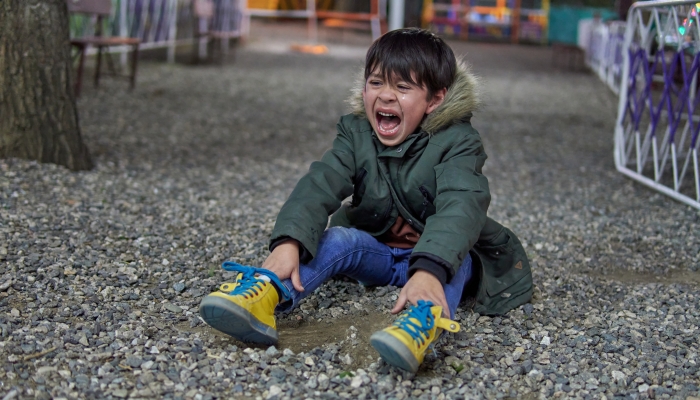
Certain triggers in public spaces, on their own or in combination, can cause sensory overload. Sensory overload happens when a person is experiencing more sensory input—audio, visual, tactile, or olfactory—than they can process.
Too much sensory input can lead to a sensory meltdown or sensory avoidant behavior. Because your child does not have control over sensory meltdown, it is helpful to recognize the signs before their distress escalates.
Common signs of sensory overload to look for include:
- Increased hyper or agitated behavior.
- Inability to focus.
- Covering ears or covering eyes.
- Crying.
- Running away or out of the situation.
- Shutting down, not speaking, or not responding verbally.
- Feeling annoyed with clothing tags, coats, or textures.
- Faster breathing.
- Sweating.
- Increased heart rate.
If you can tell that your child is struggling with a loud or busy environment and they’re showing signs of overload, there are things you can do immediately to help them feel less overwhelmed.
Breathing and Grounding Exercises
Simple breathing techniques can help your child self-regulate and can alleviate some of the physical symptoms of sensory overload.
The 3-3-3 method is suggested by the Cleveland Clinic11. Cleveland Clinic. How To Manage (and Even Overcome) Sensory Overload. Cleveland Clinic. 2023. https://health.clevelandclinic.org/sensory-overload as a helpful exercise. Breathe in for three counts, hold for three counts, and breathe out for three counts. This simple exercise can be done anywhere.
Grounding exercises may also be helpful if your child feels anxious or is in a state of panic by helping them focus on the present moment and reducing the number of stimuli they focus on.
The 5-4-3-2-1 method22. Grounding Exercise for Kids and Teens. Strong4Life. 2023. https://www.strong4life.com/en/emotional-wellness/coping/grounding-your-body-and-mind is a well-known exercise you can do anywhere with your child. Ask your child to name:
- 5 things they can see.
- 4 things they can touch.
- 3 things they can hear.
- 2 things they can smell.
- 1 thing they can taste.
This exercise can be modified according to your child’s needs and abilities. For example, you can reduce the number of objects or focus on finding a specific color. The point is to bring your child into the present moment to reduce their anxiety.
Seek Quiet Zones and Sensory Spaces
More and more public places have quiet zones, sensory rooms, and open spaces that families can visit to take a break from noise, movement, or crowded spaces.
If you’re planning a family outing, it’s a good idea to check the website or call ahead to find out whether your venue has a quiet, open space, sensory room, or sensory-friendly event or time that would be more comfortable for your child.
Check reviews from other sensory-sensitive users to see how they felt about a place, event or venue. Find out ahead of time what you and your child can expect about an event or venue. Look out for sensory-friendly events like movies or plays.
Tell your child about where you are going and what they might expect when they get there so that they feel prepared.
Apps such as Soundprint can also be helpful. It provides crowdsourced data about different venues around a city and their levels of noise, which can be helpful when choosing restaurants or other venues.
Understanding SPD in Depth
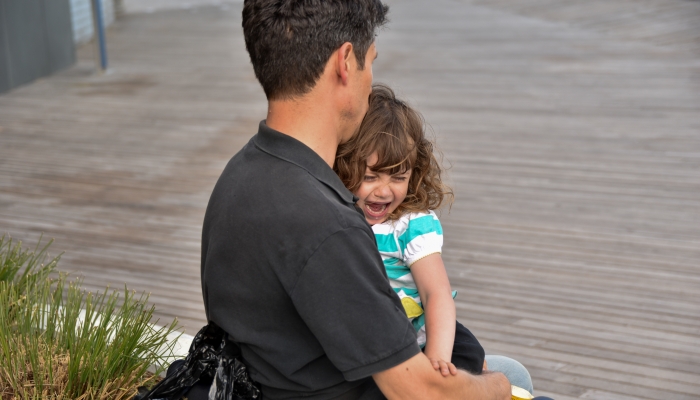
Sensory processing disorder refers to a group of symptoms that children may experience as oversensitivity (hypersensitivity) or undersensitivity (hyposensitivity) to different kinds of sensory input, including light, sound, touch, taste, touch or movement.
Children with SPD symptoms may have difficulty with motor skills, balance, or hand-eye coordination.
Children who are hyposensitive or who underreact to stimuli may exhibit sensory-seeking behavior, like rocking, head banging, or rough play. They may have difficulty understanding their own and other people’s physical boundaries.
The Debate Over Diagnosis
The American Academy of Pediatrics33. Sensory Integration Therapy. HealthyChildren.org. 2019. https://www.healthychildren.org/English/health-issues/conditions/developmental-disabilities/Pages/Sensory-Integration-Therapy.aspx (AAP) recognizes that children with diagnoses such as autism spectrum disorder often exhibit sensory processing deficits, but they caution against SPD as a standalone diagnosis.
Many behavioral and developmental disorders may have features of SPD, including ADHD and anxiety. The AAP stance44. Zimmer, M., Desch, L., Rosen, L. D., Bailey, M. L., Becker, D., Culbert, T. P., McClafferty, H., Sahler, O. J., Vohra, S., Liptak, G. S., Adams, R. C., Burke, R. T., Friedman, S. L., Houtrow, A. J., Kalichman, M. A., Kuo, D. Z., Levy, S. E., Norwood, K. W., Turchi, R. M., & Wiley, S. E.. Sensory Integration Therapies for Children With Developmental and Behavioral Disorders. Pediatrics. 2012;129(6), 1186–1189. https://doi.org/10.1542/peds.2012-0876 is that other developmental issues and diagnoses must always be explored when a child shows sensory processing deficits.
However, the American Journal of Psychiatry55. McArthur, A. L.-H.. The Debate Over Sensory Processing Disorder. American Journal of Psychiatry Residents’ Journal. 2022;17(4), 14–15. https://doi.org/10.1176/appi.ajp-rj.2022.170405 points out that some children exhibit SPD symptoms but do not meet the criteria for other diagnoses. Therefore, there is an argument for SPD to be diagnosed as a separate disorder.
Regardless of whether the medical community names SPD as its own diagnosis or not, many parents and children live with the effects of sensory processing issues which can range from mild to severe reactions to different stimuli and can cause distress, disruption to everyday life, and behavioral problems.
Common Sensory Triggers in Public Spaces
The sensory triggers that cause sensory overload will be different for every child. Common sensory triggers your child might experience in a public place include:
- Crowded spaces.
- Unexpected loud noises, like fireworks or sirens.
- Loud noise, music, or overlapping sounds.
- Large groups of people.
- Bright, fluorescent lights overhead.
- Moving lights or fast-moving visuals on large screens.
- Loud people, shouting, or emotional public speech.
- Loud applause.
- Quick or drastic changes in temperature.
- Uncomfortable textures on seating or flooring.
- Strong smells, perfumes, or fumes.
- Unexpected food textures, food smells, or flavors in public dining spaces.
Preparing for Public Spaces: Proactive Strategies
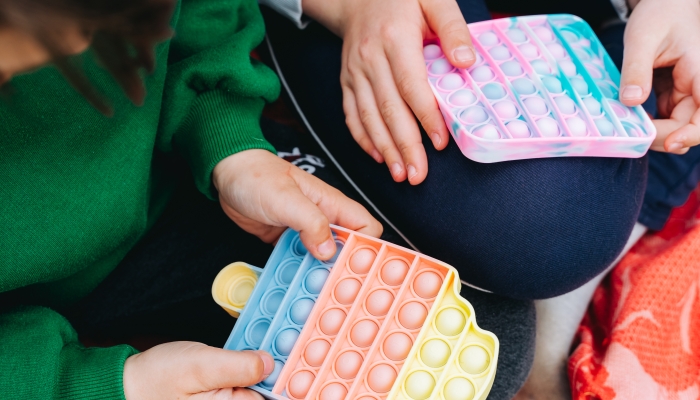
If you are headed out into the community or a public place with your child and you’re concerned about how they might react to the environment, there are some ways in which you can be proactive in making them comfortable and preventing sensory overload.
Personal Sensory Toolkit
Bringing a personal sensory tool kit with you will be helpful to both you and your child. You can ask your child to help you put it together with items that they like.
A sensory toolkit can also empower your child to take some control over situations that may overwhelm them because they will know they have items with them that they can choose to help them cope with an event or place.
Add tools that cater to your child’s particular triggers. Some things you might want to put in your toolkit include:
- Noise-canceling headphones.
- Weighted lap pads or vests for proprioceptive input.
- Fidget toys and sensory rings.
- Sunglasses or visors for light sensitivity.
- Scented lip balm that they like the smell of.
- Hand lotion if they like the feel of it.
- Crunchy or chewy snacks or chewable jewelry for oral stimulation.
- A small stuffed toy that comforts them.
Apps and Devices
If the venue or event allows for it, use devices or apps that help your child by providing calming and soothing sounds or visuals.
Some great apps to try include:
- Pocket Ponds: a relaxing app where you watch and move fish in a koi pond.
- Brainworks: provides sensory break activities you can choose according to how you’re feeling.
- Miracle Modus: provides calming visuals of hypnotic rainbows and patterns.
- Heat Pad: an app that lets the surface of your device react to the heat of your fingertips.
Advocacy and Raising Awareness

The prevalence of SPD among children in the United States is reported to be 1 in 20. Many people, businesses, and community venues may not be aware of how common SPD is and how many families need support with helping their children navigate everyday events in public spaces.
Although medical and educational professionals have a lot of information to offer, often the people in the best place to help raise awareness and advocate for change are the parents and caregivers of children who experience sensory processing issues.
By sharing personal stories, supporting other parents, and educating the public about the difficulties that many families experience in public spaces, parents and caregivers can also gain a sense of community, understanding, and empowerment.
Share Personal Stories
When your child has a sensory meltdown in public, is overly physical, or acts out in ways that members of the general public may not understand, and you are compelled to leave a situation, you may think you are the only person in the world who is struggling with their child.
Blogs, social media, and support groups can be really effective for sharing stories and putting your personal experiences into context.
They are also a great tool for advocacy to help other people and our society, in general, to understand sensory processing disorders and reduce judgment around the behaviors that may come with it.
Encourage Public Spaces to be Sensory-Friendly
One powerful way that parents and caregivers can create change and invite the development of more sensory-friendly and open public spaces is by communicating with businesses, restaurants, movie theaters, soft play centers, amusement parks, museums, or other community venues.
Provide feedback, leave reviews, and document your experience in their environment. Email venue management to encourage them to change their policies if your experience could have been improved.
Also, let them know what they may be doing well to support kids and what they could do better. Highlight the people you encountered who were helpful and understanding, or who perhaps need more awareness training.
By speaking up and speaking out, you can help transform policies, venues and events in your community to make them more sensory-friendly.
FAQs
What is sensory integration therapy and does it help with SPD symptoms?
Sensory integration therapy is carried out by an occupational therapist who designs a specific program of exercises, play-oriented activities, and skill-building to help a child better tolerate sensory issues over time.
These exercises slowly expose a child to the sensory stimuli they find difficult in a structured way, helping the child to cope better with sights, sounds, textures, or other input that can be overwhelming.
The therapy can also work on strengthening audio, visual, sensory motor skills, and other skills a child may need to better process sensory information in general.
There is no conclusive scientific evidence about the success of sensory integration therapy, but anecdotal evidence suggests that it can be effective for some children.
References
- Cleveland Clinic. (2023, July 20). How To Manage (and Even Overcome) Sensory Overload. Cleveland Clinic. https://health.clevelandclinic.org/sensory-overload
- Grounding Exercise for Kids and Teens. Strong4Life. (2023). https://www.strong4life.com/en/emotional-wellness/coping/grounding-your-body-and-mind
- Sensory Integration Therapy. HealthyChildren.org. (2019, October 7). https://www.healthychildren.org/English/health-issues/conditions/developmental-disabilities/Pages/Sensory-Integration-Therapy.aspx
- Zimmer, M., Desch, L., Rosen, L. D., Bailey, M. L., Becker, D., Culbert, T. P., McClafferty, H., Sahler, O. J., Vohra, S., Liptak, G. S., Adams, R. C., Burke, R. T., Friedman, S. L., Houtrow, A. J., Kalichman, M. A., Kuo, D. Z., Levy, S. E., Norwood, K. W., Turchi, R. M., & Wiley, S. E. (2012). Sensory Integration Therapies for Children With Developmental and Behavioral Disorders. Pediatrics, 129(6), 1186–1189. https://doi.org/10.1542/peds.2012-0876
- McArthur, A. L.-H. (2022). The Debate Over Sensory Processing Disorder. American Journal of Psychiatry Residents’ Journal, 17(4), 14–15. https://doi.org/10.1176/appi.ajp-rj.2022.170405
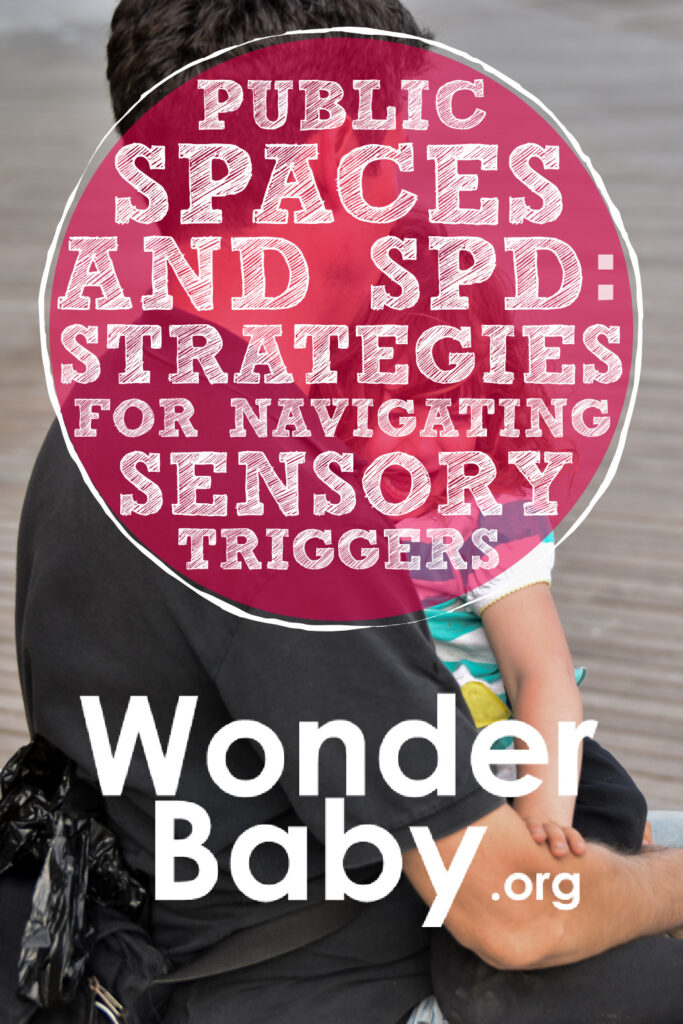
Related Posts
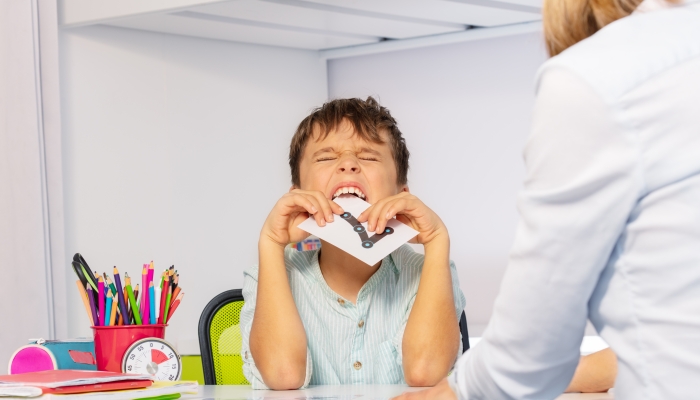
Behavior
Understanding Intermittent Explosive Disorder in Children
Are you worried about your child’s unexpected aggression and explosive behaviors? Learn how to support a child with intermittent explosive disorder.

Behavior
5 Emotional Regulation Activities for Kids
Want to teach your child how to regulate emotions? Here are emotional regulation activities for kids that can help!

Behavior, Special Needs
5 Tips for Dining Out with Children Who Have Sensory Sensitivities
Worried about dining out with sensory sensitivities? Try these tips for less stress and more fun the next time you take your family out to eat.